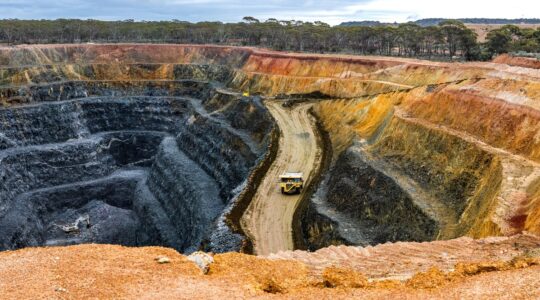Queensland’s workforce has the lowest share of migrants, when compared to any mainland state in Australia.
Analysis by employer organisation The Australian Industry Group (Ai Group) shows the Sunshine State’s share was 13 percent, more than three percent lower than the national average (16.3 percent).
Ai Group Economist Jeenat Binta Jabbar said the fact both Queensland and South Australia (13.6 percent) were below the national average reflected the smaller size of the labour market.
Dr Binta Jabbar said there was also a less diverse range of industries outside the states’ main urban centres.
“The utilisation of migrants across Australia varies considerably by state, shaped by economic structures, migration policies, and the availability of opportunities in key industries,” she said.
Western Australia has the largest share of migrants in its workforce in the country at 21.5 percent.
“WA is an attractive destination for migrants due to its strong mining sector,” Dr Binta Jabbar said.
She said Tasmania’s workforce comprised only one percent of its migrants, as migrants often struggled with limited job opportunities due to the narrower scope of industries.
In a in-depth Research Note, Dr Binta Jabbar said migrants made a substantial contribution to the Australian labour market.
She said they filled critical roles across key industries such as healthcare, construction, information technology, and education, addressing skills shortages and enhancing the nation’s productivity.
“Longer-term migrants, having successfully navigated initial challenges like language proficiency and qualification recognition, demonstrate very strong labour market outcomes.”
She said compared to the overall Australian population they were more likely to be engaged in the labour force, more likely to be in full-time work, more likely to hold higher qualifications and more likely to be in higher paying industries and occupations.
Explore the full analysis: Measuring migrants’ contribution to the Australian labour market.








